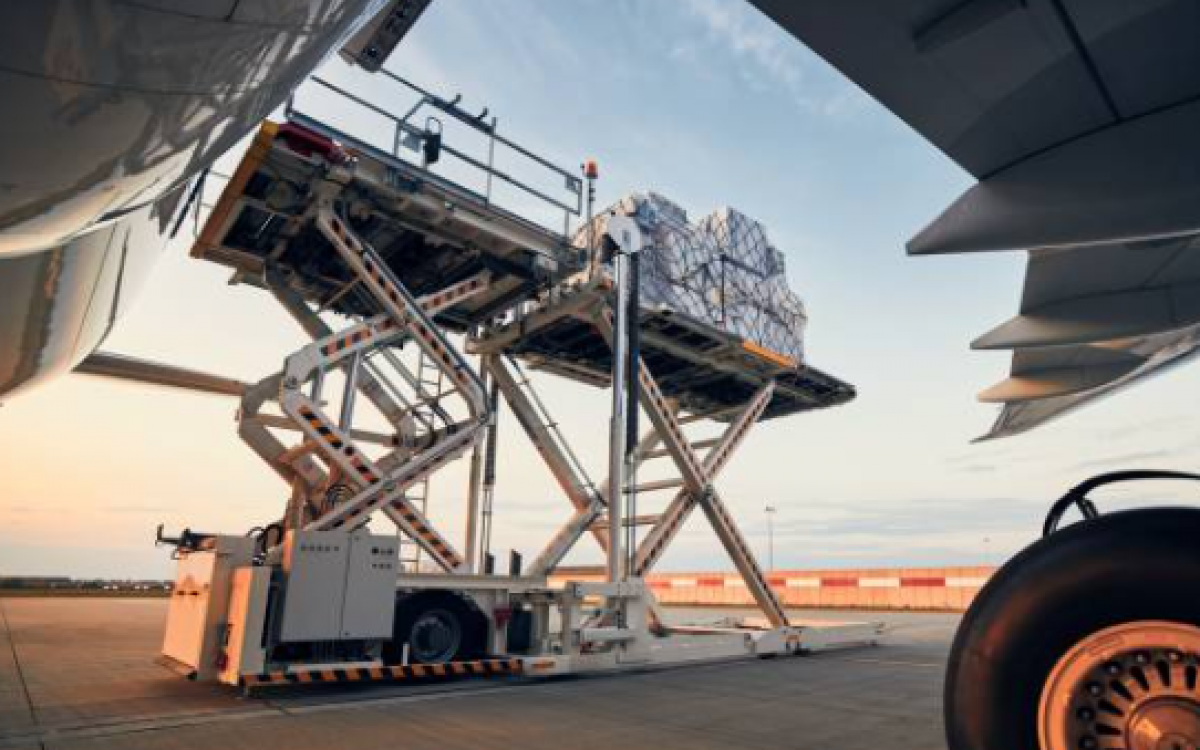Preparing cargo for import and/or export by air
Preparing cargo for import and/or export by air requires compliance with international standards (IATA, ICAO), customs requirements, and best practices for packaging and documentation. Here is a step-by-step breakdown:
Cargo preparation
Classify the goods: determine whether they are general cargo, perishable, dangerous (according to IATA DGR), fragile, high-value, etc.
Proper packaging:
Sturdy and lightweight (reinforced cardboard, wooden boxes, hard plastic). Protect from vibrations, temperature changes, and humidity. Seal with security tape or customs seals if applicable. If the goods are dangerous, use packaging certified according to IATA regulations.
Labeling:
Name and address of sender and recipient. Country of origin and destination. Handling signs: Fragile, This side up, Perishable, Dangerous Goods, etc. Number of packages, gross and net weight.
Basic documentation
Air Waybill (AWB): main document issued by the airline or freight forwarder. Commercial invoice: details of the goods, value, terms of sale (Incoterm). Packing list: describes packages, weight, dimensions.
Customs documents:
Certificate of origin (if applicable). Licenses or permits (sanitary, phytosanitary, military, technological, etc.). Export or import declaration depending on the country.
Special documents (if applicable):
Declaration of dangerous goods (IATA DGD). Fumigation or phytosanitary certificate (for agricultural products or packaging).
Logistics process
Reservation with the airline or freight forwarder: confirm space and fare.
Delivery of cargo to the air cargo terminal (export) or coordination for pickup (import).
Inspection and control:
Air security (X-ray, physical inspection). Export or import customs.
Issuance of the air waybill (AWB) and formal acceptance by the airline. Flight and international transit. Nationalization at destination: the importer or customs agent submits the documentation and pays taxes/duties if applicable.
Practical tips
Always keep exact weight and dimensions: air fares are calculated by volumetric weight.
For urgent shipments, consider international courier if the value and size allow it.
Use a freight forwarder to simplify procedures, especially for your first export/import.
Check IATA regulations if you are transporting lithium batteries, chemicals, liquids, or dangerous goods.
